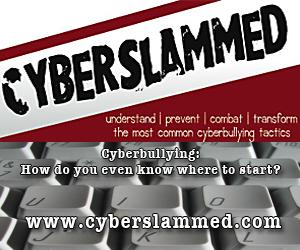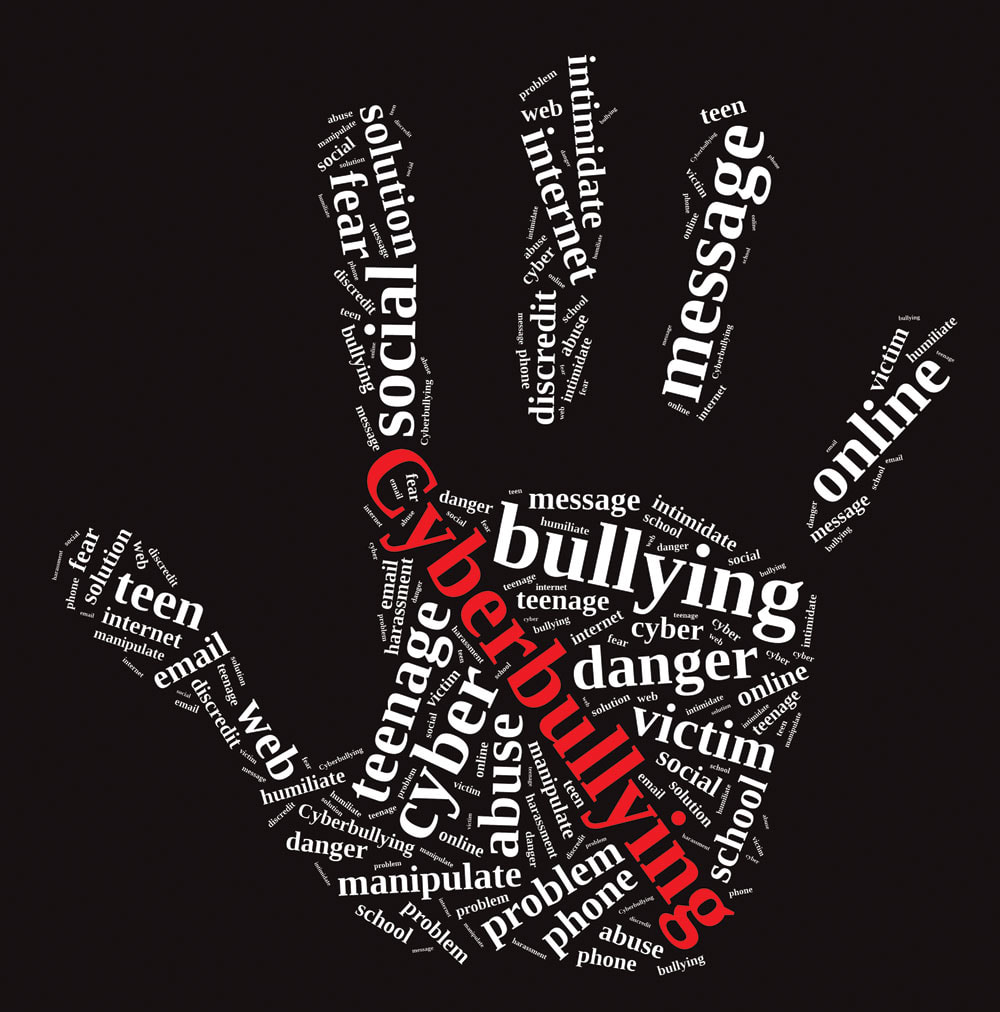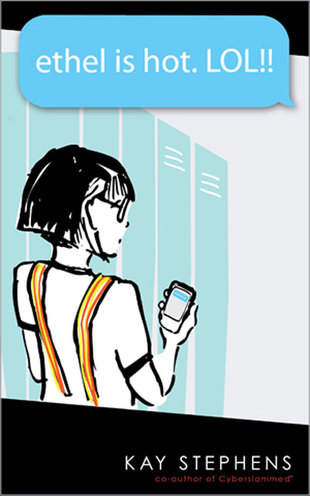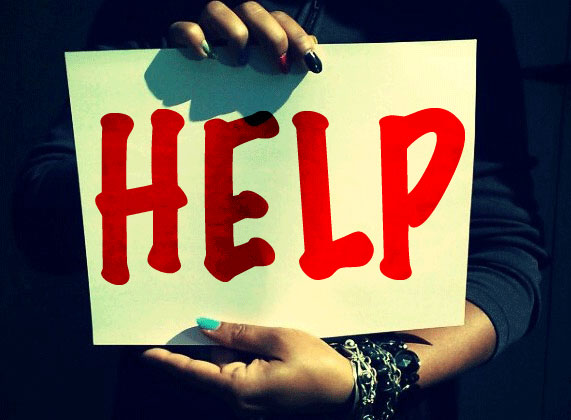The police arrested the wrong girl.
It was later discovered after much digging, that a 12-year-old rival to the girl had used her rival's personal information to set up false emails and Instagram accounts under the accused girl's name.
According to the story, "The 12-year-old girl believed to be behind the threats has now been charged with written threats to kill or do bodily harm, falsifying a police report, penalty for disruption of an educational institution, and criminal use of personal information."
Now, if the adults at this school as well as the police understood that this was a cyberbullying tactic we have termed in our book Cyberslammed as an Imposter Profile, they would have had the knowledge to prevent the trauma to this young innocent girl.
The accused girl's lawyer, Marwan Porter, said in a statement Thursday (as reported by The Daily Mail): 'It is very clear that the Pembroke Pines Police Dept. and others involved, failed to conduct a basic investigation into the false allegations which resulted in the arrest and severe emotional damage to my client."
Get familiar with the Imposter Profile tactic by reading our past blogs on this issue.




 RSS Feed
RSS Feed